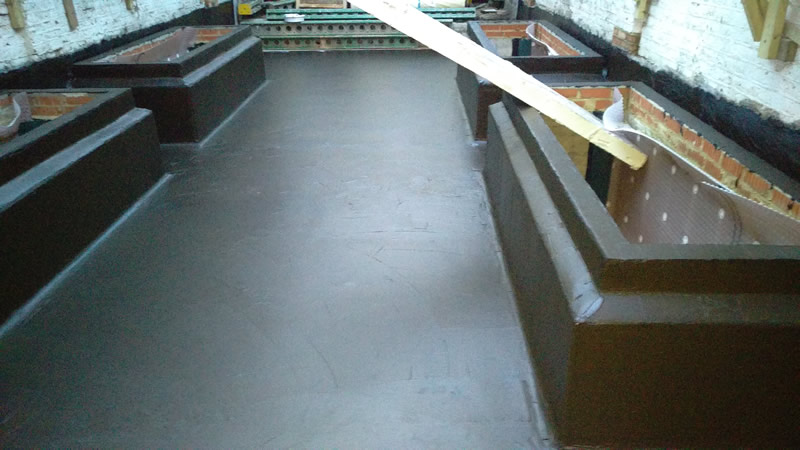Do you know what’s involved in damp proofing and waterproofing? Or why it’s so important to get your basement dry? Knowing the fundamentals of keeping your basement damp free will help you make smart decisions during the build process. Read on to find out how to keep your new basement living space dry and usable.
If you’ve been unfortunate enough to experience damp problems in the past, you’ll know how frustrating they can be. But when it comes to a basement conversion or construction it’s absolutely vital you get it right to avoid costly problems further down the line.
Waterproofing vs damp proofing
Let’s start with a definition. Damp proofing is designed to keep out the moisture from the soil – that’s why our homes have damp proof courses. Waterproofing, on the other hand, keeps out moisture from the soil plus liquid water. So whether your property is built on a high water table or not, only using damp proof measures like membranes and wall coatings won’t be sufficient to keep water out.
The confusion comes because the two terms tend to be used interchangeably. But when it comes to a basement structure you’ll need to opt for full waterproofing to head off any potential problems for peace of mind.
How can I waterproof my basement?
First and foremost, you need a waterproofing specialist on your design team. They’ll work with the rest of the team to develop a fully integrated solution based on best practice and British Standard 8102:2009 recommendations for underground structures.
BS 8102:2009 lays out three forms of waterproofing that are suitable for basements:
- Using tanking materials or membranes to create a barrier against moisture
- Waterstops and hydrophilic water bars that prevent water entering at construction joints
- Using a cavity drain system with a sump pump in conjunction with waterproof membrane and a drainage system
If you want your new build basement construction to be truly watertight, you need to opt for a cavity drain system. This uses cavity drainage membrane to collect water and channel it away to a sump pump to then be pumped away from the structure. However, for a straightforward basement conversion, tanking may prove sufficient.
Do I need a combination system?
It’s impossible to tell what kind of waterproofing system will be most effective until all the initial surveys have been completed. However, you should consider a combined system if there’s a high likelihood of leaks – if you’re on a flood plain, for example, or the water table is high – and if the effect would be particularly devastating to your home.
You need a full assessment of all the risks involved. That’s why you need the services of a waterproofing expert who has previous experience of dealing with basement constructions. With the right advice, you can create a full waterproofed basement system that works for you, delivering peace of mind and keeping your new basement space snug and dry.

